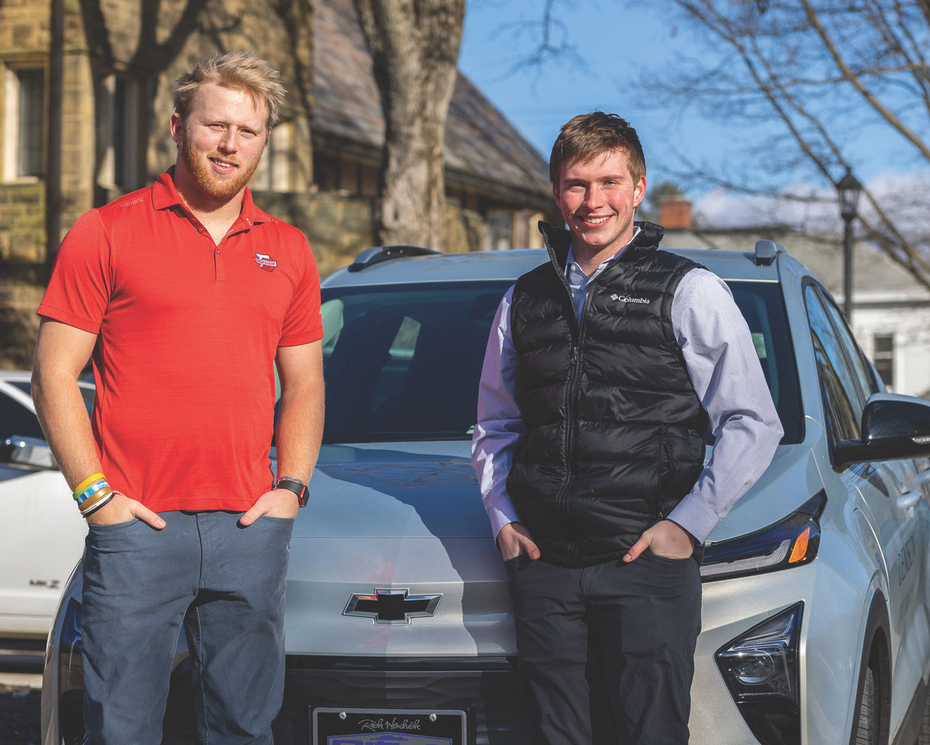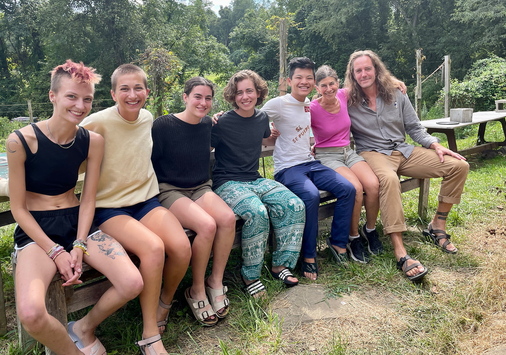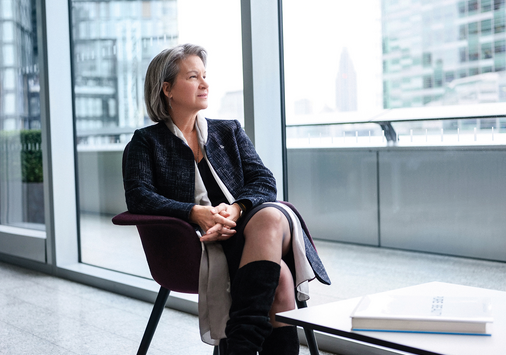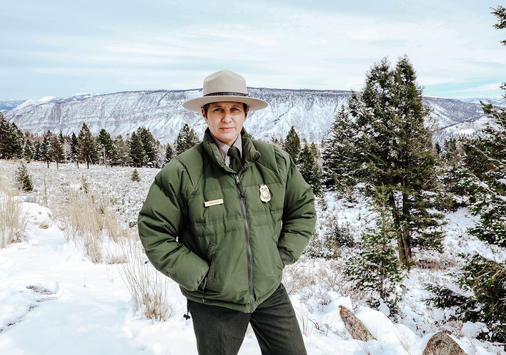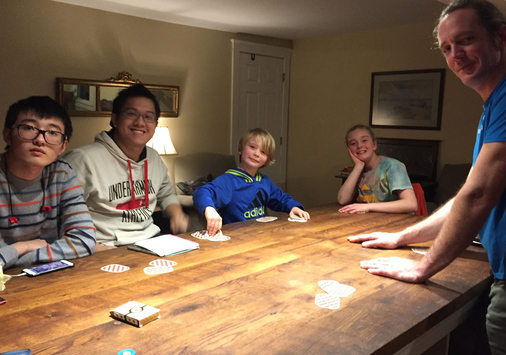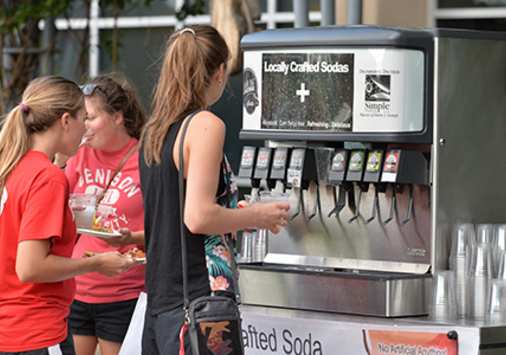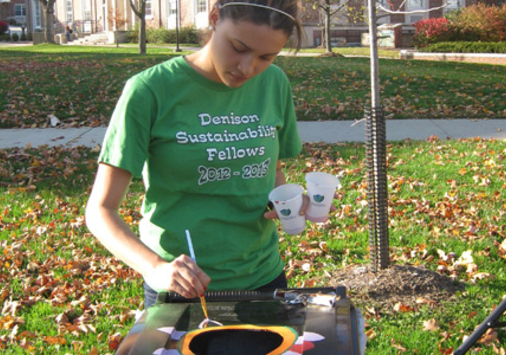Biological Reserve
The Bio Reserve Enhances the Education of All Students
The Board of Trustees established Denison’s Bio Reserve in 1966 through the efforts of Professor Robert Alrutz, who served as director until his retirement in 1990. The Bio Reserve encompasses 350 acres in three contiguous sections within walking distance of campus. Approximately 75 percent of the acreage is beech-maple/mixed mesophytic forest interspersed with old orchards and former plantations of pine, spruce, sugar maple, and yellow poplar.
The Bio Reserve enhances the education of all students, especially those in biology and environmental studies, through their courses, independent research, and casual visitation to the Bio Reserve. Students complete field studies of native Ohio flora and fauna as well as of biological communities, which are as intact as possible given the land use history.
The Polly Anderson Field Station, erected in 1995, houses a large laboratory for class meetings and research space for students and faculty. Astronomy students use the telescope mount at the station for night viewing. Special public programs and field workshops for high school students also meet at the station. The building was designed as a model of energy efficiency and utilizes a passive solar design and a geothermal HVAC system. The station is located in the Alrutz Section at the west entrance to the Bio Reserve on Rt. 661, a quarter mile north of campus.
The Bio Reserve also provides a haven for members of the Denison and Granville communities who enjoy walking in natural surroundings. The Bio Reserve is open to the public from dawn to dusk every day. A well-marked trail system has been established that allows the visitor to explore a variety of habitats and terrain. Hunting, firearms, campfires, camping, horseback riding, and disturbance of natural features are prohibited. Trail bikes are permitted on certain trails during the summer and fall. Dogs are permitted while on a leash.
Species found at the Bio Reserve:
